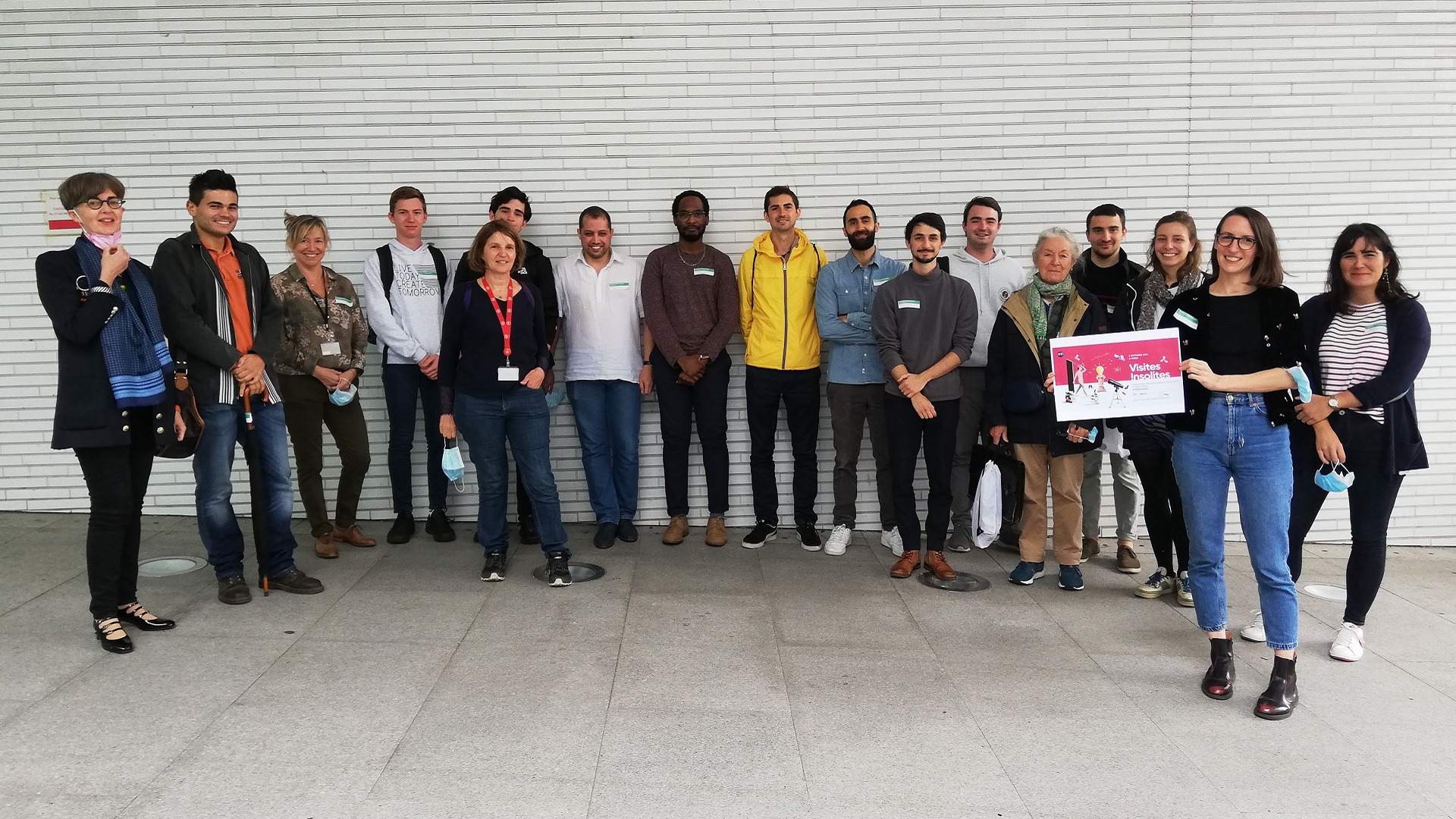
“Visite Insolite” on Saturday, October 2.
The first group of participants together with the organizers of the “Organoids: mini-organs that grow in the lab” visit.
© Valérie Drouet, Labex Who Am I?
One visit, two groups and three workshops
The visit started with a short introduction given by Claire Rougeulle (coordinator of Labex Who Am I?, and deputy director of the Epigenetics and Cell Fate unit) on the concepts of stem cells, organoids and the CRISPR technology, recently awarded of a Nobel Prize.
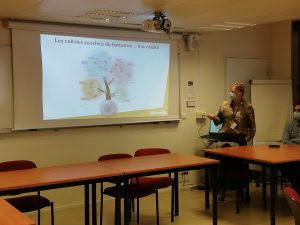
Then, the visitors left to discover the laboratories and equipment used by the researchers to study organoids.
A first workshop was dedicated to the visit of a level 2 laboratory, and the discovery of stem cells. Léo Carrillo (Ph.D. student in the Epigenetics and Cell Fate unit) invited the participants to put on the required attire, a gown, and gloves, before entering the laboratory. Léo presented the different pieces of equipment: incubators, laminar flow cabinets, microscopes, etc., and materials necessary for the culture of stem cells before performing a demonstration of changing the nutritional medium for these cells. Then, he accompanied the participants in observing these stem cells under a microscope and in a practical workshop: changing the cell culture medium themselves!
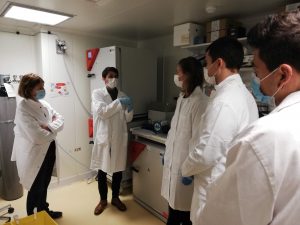
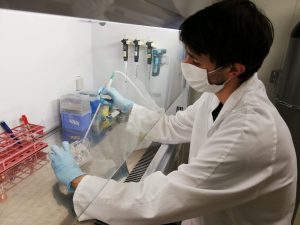
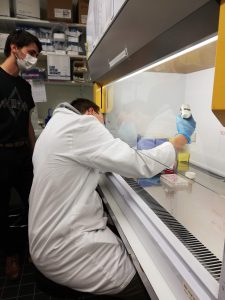
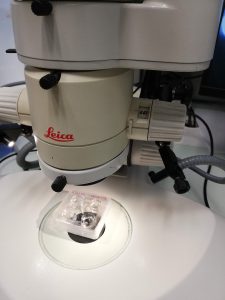
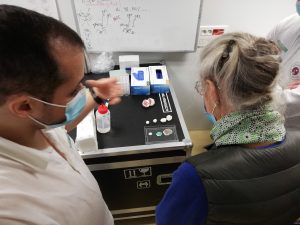
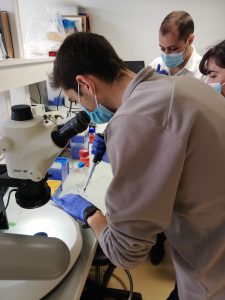
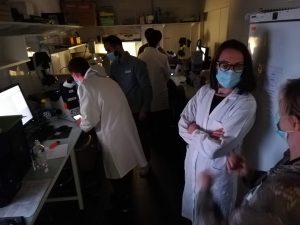
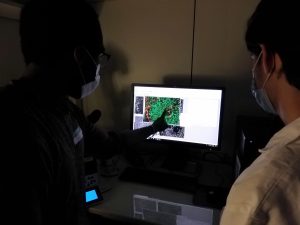
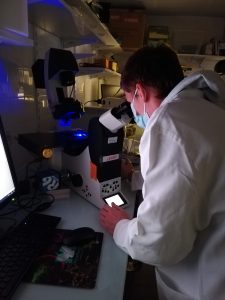
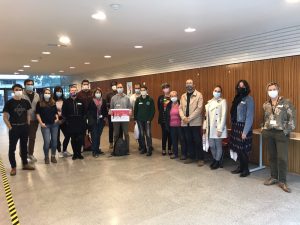
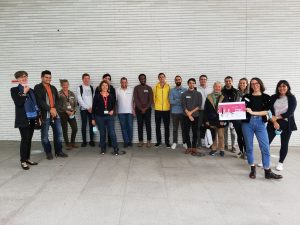
To find out more, discover other articles related to the “Visites Insolites” of the CNRS:
À lire aussi
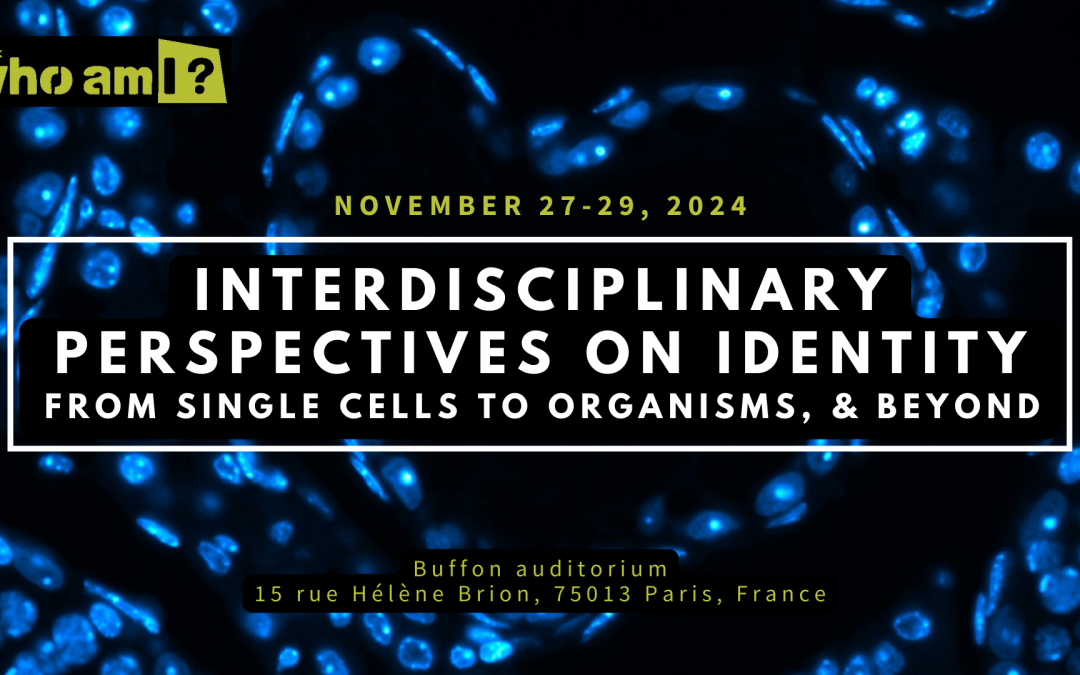
Closing Conference 2024 – Interdisciplinary perspectives on identity
The Labex Who Am I? invites you to its closing conference, “Interdisciplinary Perspectives on Identity: from Single Cells to Organism and Beyond”, which will take place on November 27-29 in Paris. The Labex Who Am I? final conference will take place on November 27, 28...
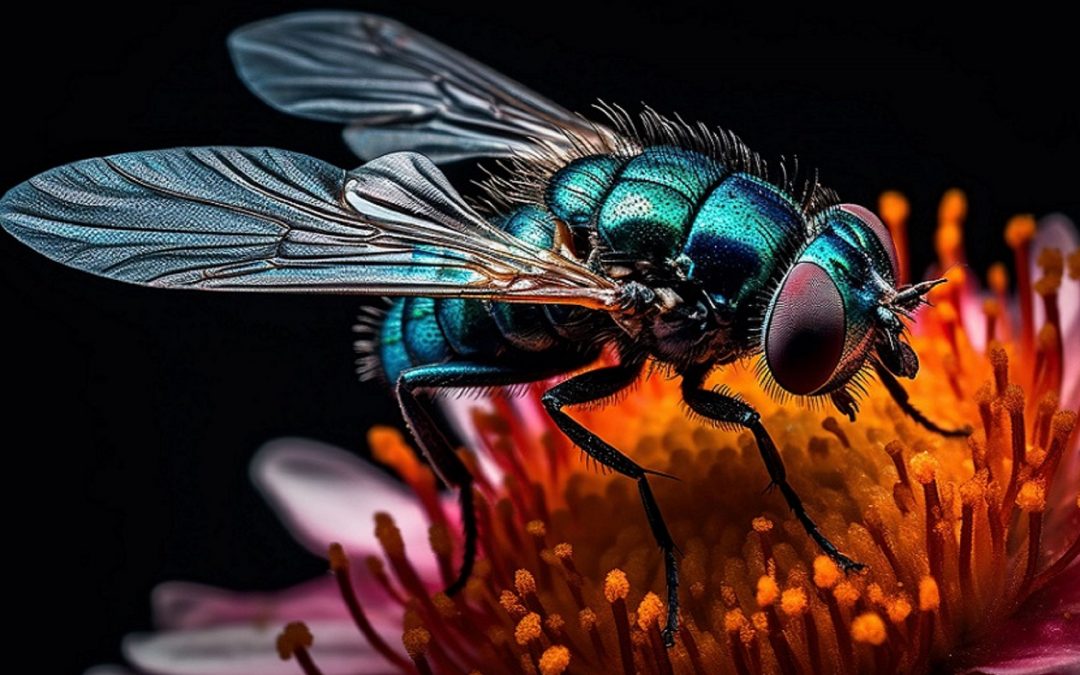
Pint of Science festival 2024
Once again this year, the Labex Who Am I? is partnering with the Faculty of Sciences of the Université Paris Cité, the Genetics and Epigenetics New Education (G.E.N.E.) Graduate School, and the Major Research and Innovation Domain BioConvergence for Health...
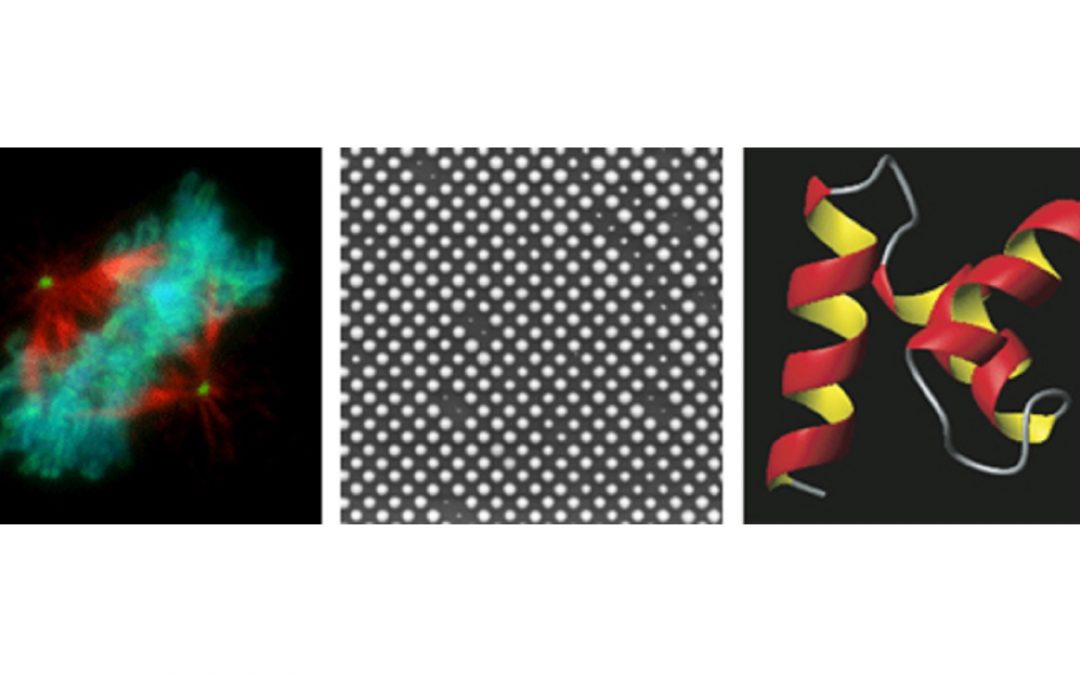
Visiting Professors programme: Matthias Peter
As part of its Visiting Professors programme, the Labex Who Am I? is delighted to welcome professor Matthias Peter, professor of Biochemistry and group leader at ETH Zurich, Switzerland. © Peter group, ETH Zurich Matthias Peter...

Rhythms and resonances: coming into contact with otherness
The Labex Who Am I? co-funds the “Rhythms and resonances: coming into contact with otherness” workshop. © Gerd Altmann from Pixabay Interdisciplinary doctoral workshopThe “Rhythms and resonances: coming into contact with otherness”...
